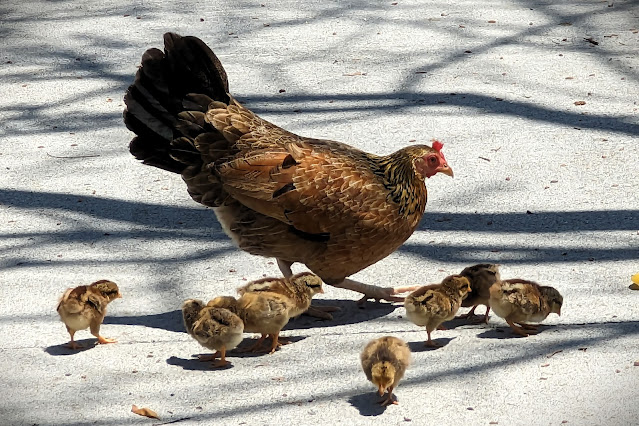I find myself eating less and less meat. I have a question: if we all stop eating meat or drastically reduce our intake, what happens to the animals? What happens to the farmers. I'm genuinely interested as to the long-term strategy?
Thanks so very much for contacting One Step for Animals and for asking these questions in good faith.
The direct answer to your question is that animals are bred in response to consumer demand. Unless everyone stopped eating animals all at once, the market signals will determine how many animals exist at any point in the future. Chickens raised for meat don’t even live two months, so the market can respond to increases and decreases in demand very quickly.
A more nuanced question concerns the people who are involved in breeding, raising, and slaughtering animals for meat.
It is probably best to hear directly from people who have changed away from raising chickens, which you can do here.
That’s probably enough; the below are just additional information.
(If you’d like to hear more about what it is like to be a “chicken grower,” here is a video about the industry from someone who clearly has no sympathy for chickens themselves.)
You ask specifically about the “long-term strategy.” The historical record is a good guide here.
When our grandparents were alive, more than half of the population in the United States were involved in food production. Today, it is less than two percent. In 1872, a U.S. farmer fed about four other people. Today, the average farmer feeds more than 150 people.
So agriculture has changed an incredible amount as technology has advanced and what people eat has changed. It is sure to continue to change in the future.
Finally: Most of the farmed land in the United States is currently used to grow soy and corn to feed to chickens, turkeys, pigs, and cattle. Those crops have become global commodities that, like factory-farmed chickens, are produced with razor-thin profit margins. Growing food for direct human consumption is more profitable, as discussed here, along with some correct commentary on land that can’t be used to grow crops. Here is more on grazing cattle on marginal lands, although this is not One Step for Animals’ focus. We are purely trying to reduce the suffering in the world.
Related

1 comment:
200 chickens! I'd wondered about this before didn't realise it was that many. A well made and well supported case Matt. I hardly eat meat, but this will add to my calculus.
Post a Comment